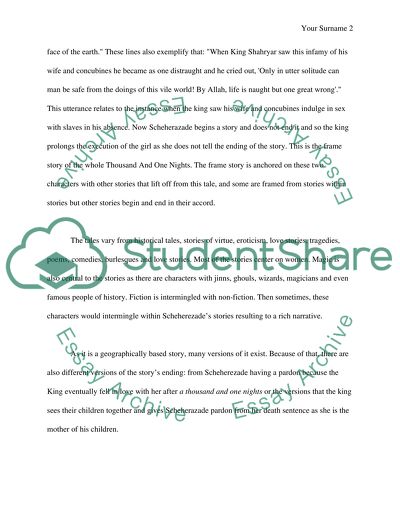Cite this document
(“One Thousand and One Nights Research Paper Example | Topics and Well Written Essays - 2000 words”, n.d.)
Retrieved from https://studentshare.org/literature/1492634-one-thousand-and-one-nights
Retrieved from https://studentshare.org/literature/1492634-one-thousand-and-one-nights
(One Thousand and One Nights Research Paper Example | Topics and Well Written Essays - 2000 Words)
https://studentshare.org/literature/1492634-one-thousand-and-one-nights.
https://studentshare.org/literature/1492634-one-thousand-and-one-nights.
“One Thousand and One Nights Research Paper Example | Topics and Well Written Essays - 2000 Words”, n.d. https://studentshare.org/literature/1492634-one-thousand-and-one-nights.


